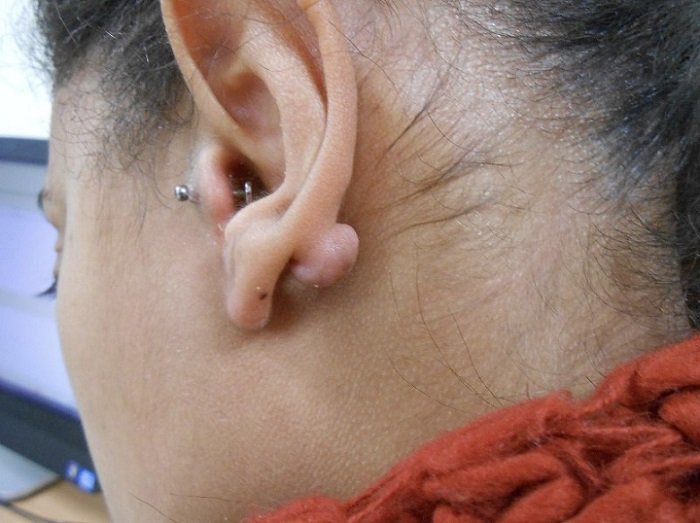Keloids and Piercing: The Relationship between the Two
Aren’t you excited to show off your new ear or nose ring? Your friends will surely be envious after finding out how good you look in that ring. However, in making your friends jealous, you should not neglect safety. That is why you should consult your ENT doctors about keloids before wearing the accessories in your piercing.
What is Keloid?
To stay safe, the first thing that you want to know is what keloid implies. Here is the answer: it is a type of scar that gets its origination from the piercing. The spot is often more prominent than the actual wound of the piercing. These scars can appear in a variety of sizes and shapes. But they have a few common symptoms that can help you identify them.
The first symptom of keloid is a raised scar. The scar is primarily red, pink or purple.
The wound is usually circular or oval.
The spot hurts or itches a lot.
After the scar has been around for a few days, it becomes darker than the surrounding skin.
Many ignore keloids, thinking that they will go away with time. But, in reality, keloids only say goodbye if you treat them with an ENT specialist. Otherwise, the keloid would only keep going.
The Reasons for Keloid
Even the most skilled ENTs need to gain clarity on why keloids appear. But many believe that the reason for these scars lies within the wound healing process. Some speculate further that marks like these appear from an overproduction of a specific protein: collagen. Our body commonly uses this protein to heal wounds. That is why even the smallest of wounds can trigger the production of this hormone.
The ENT Doctor’s Way of Removing Keloid
There is more than one way of removing keloids from your body. Let us explore a few of them.
The most common method of eliminating keloid is by compressing the bump with a piece of cotton. It is a comparatively longer recovery process. However, the method is exceptionally straightforward. You must press the wound and try to reduce its size as it heals.
Injections are also an excellent method of healing these bumps. The doctors may inject medications to reduce the size of your keloid and eventually eradicate it. But always remember that this method only works with smaller keloids.
The doctors may also suggest you get laser treatment. They would use a dye laser to eliminate the bump in this treatment.
However, if the keloid has grown too much and the methods mentioned above do not work, the doctors will have to remove the bump surgically.
Health Empowers Your Beauty
Now that you have learned the necessary details about the treatments of keloids, no one can stop you from flexing your new earring. But before that, you will have to visit Oklahoma Otolaryngology Associates, LLC, at least once. This way, you will gain the assistance of some of the best ENT doctors in OKC and cure your keloids without any trouble. So, call now, book your appointment and find a healthy way to look good.
**Disclaimer: The information on this page is not intended to be a doctor's advice, nor does it create any form of patient-doctor relationship.

